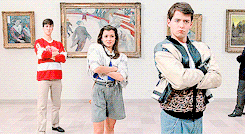The Cinema of Italy comprises the films made within Italy or by Italian directors. The first Italian director is considered to be Vittorio Calcina [it], a collaborator of the Lumière Brothers, who filmed Pope Leo XIII in 1896. Since its beginning, Italian cinema has influenced film movements worldwide. As of 2018, Italian films have won 14 Academy Awards for Best Foreign Language Film (the most of any country) as well as 12 Palmes d'Or (the second-most of any country), one Academy Award for Best Picture and many Golden Lions and Golden Bears.

















































